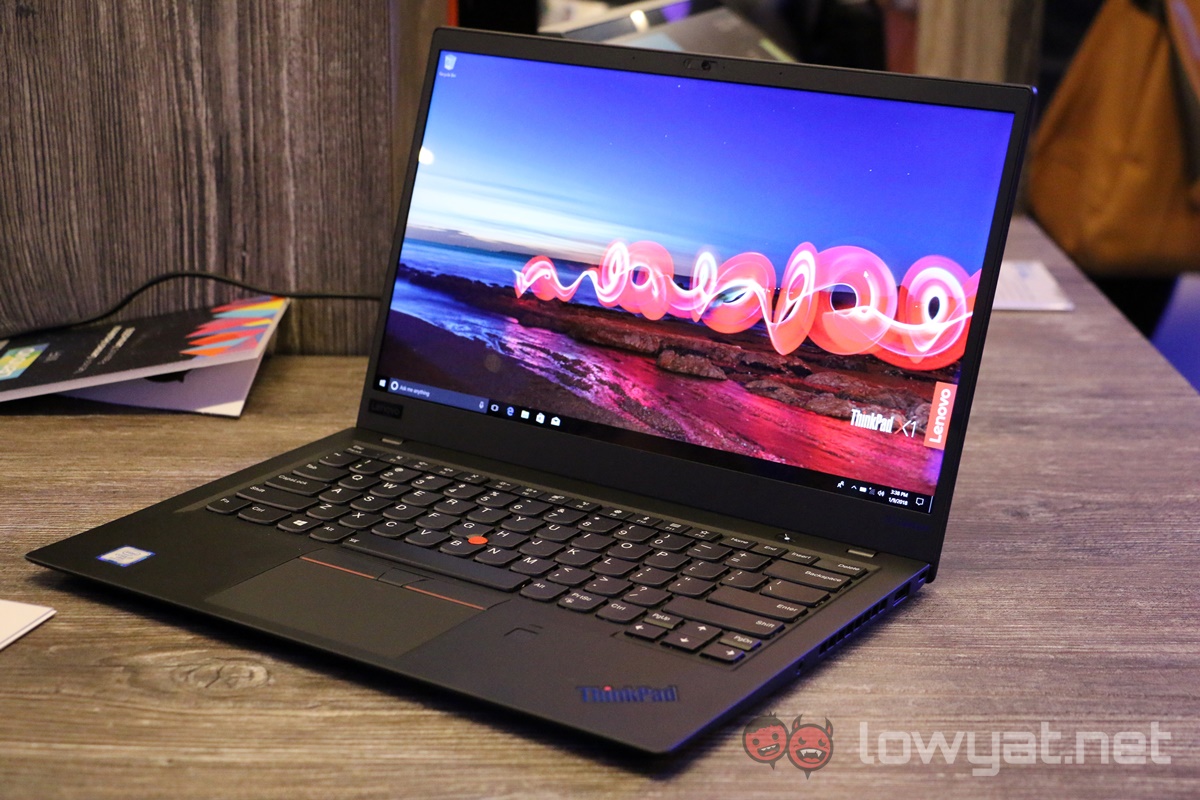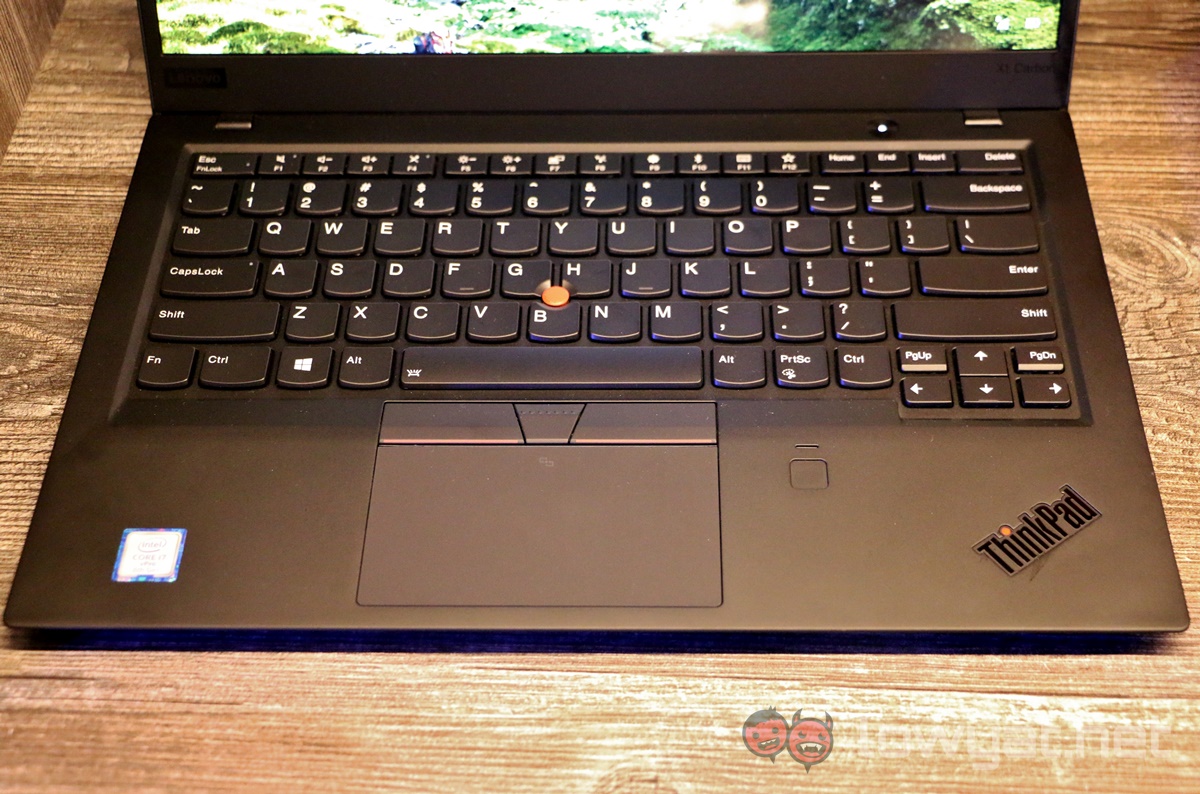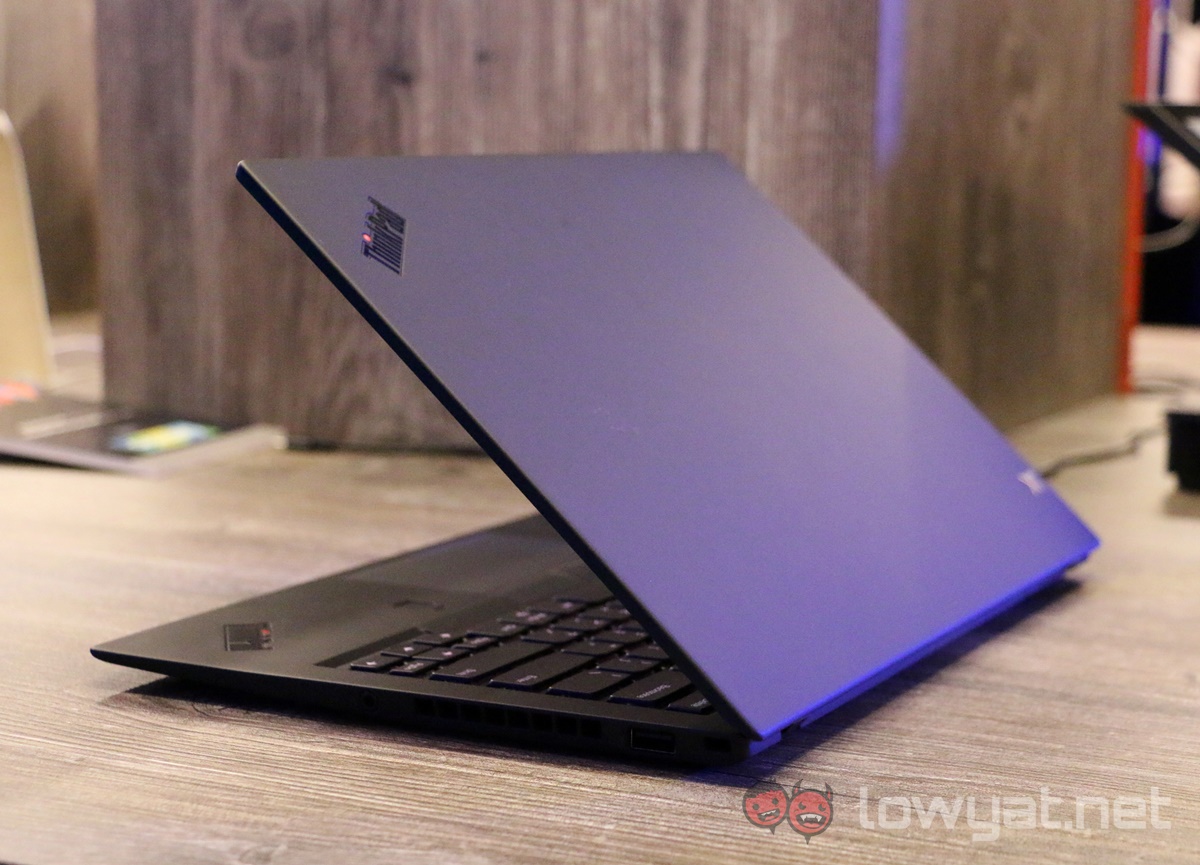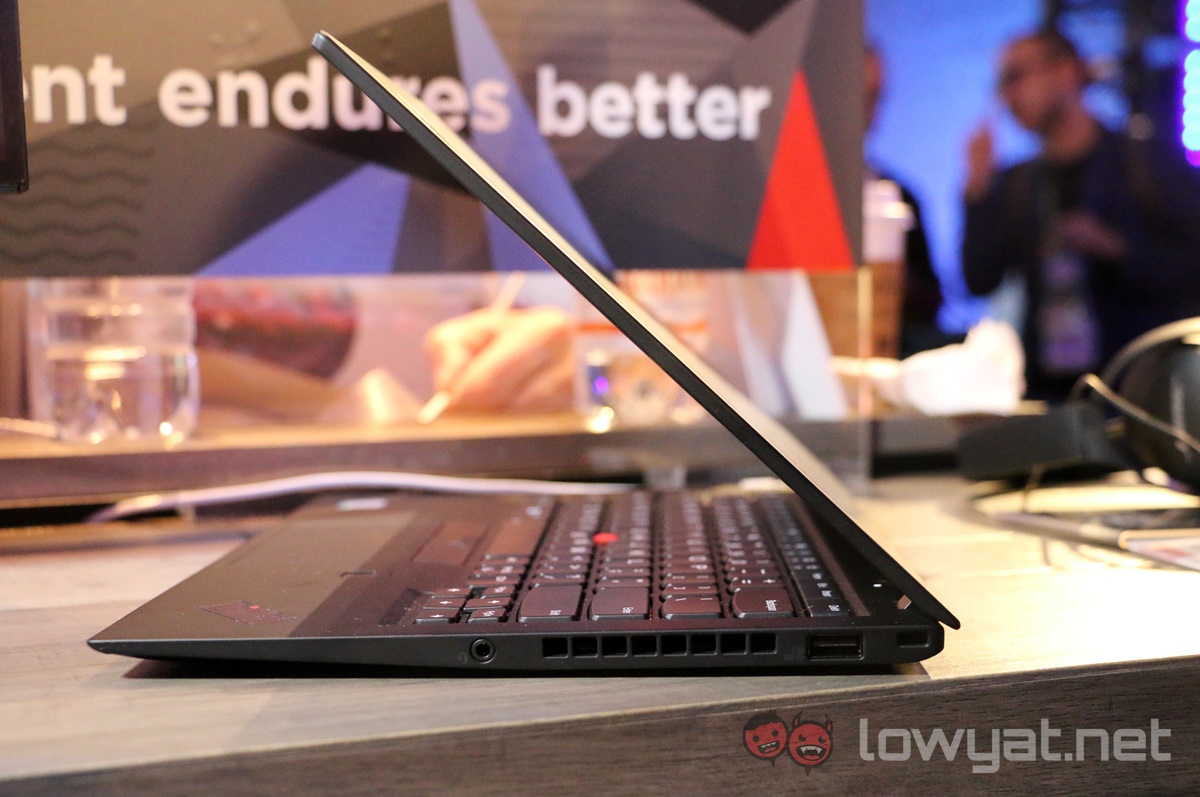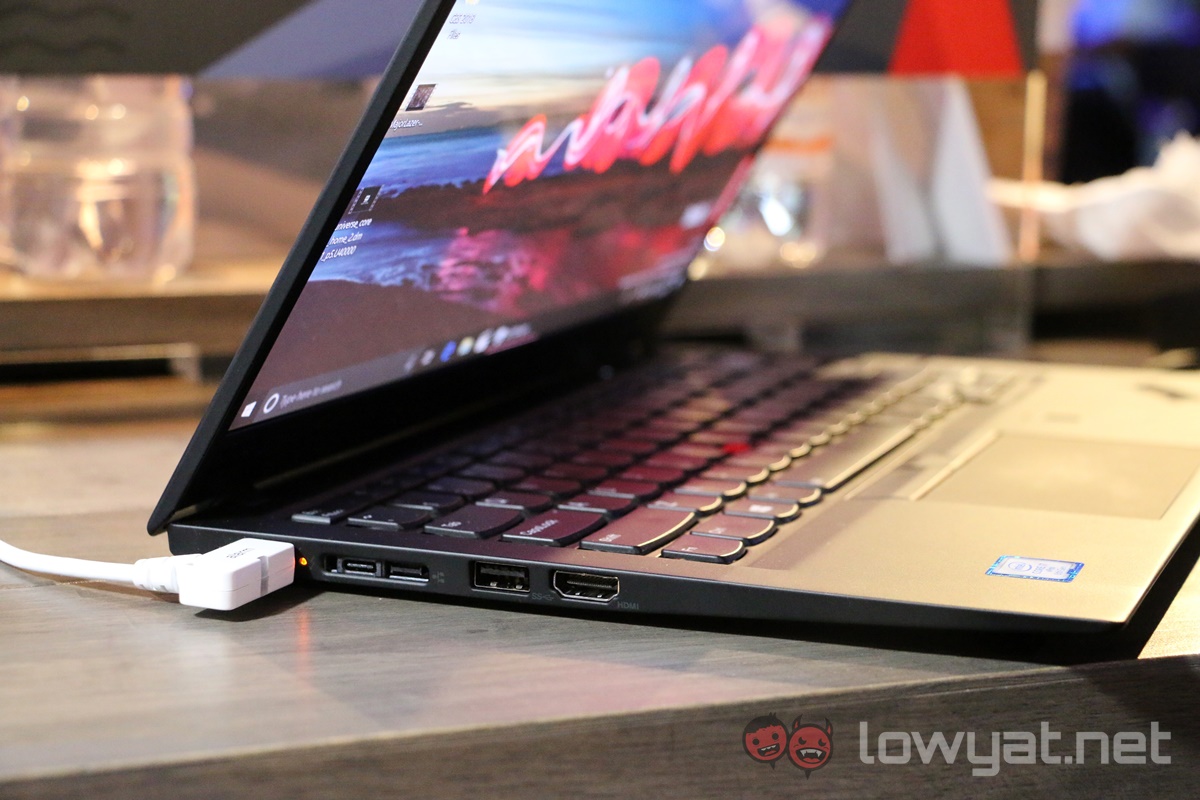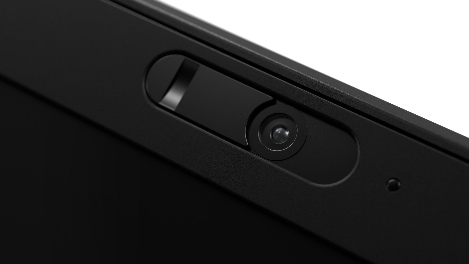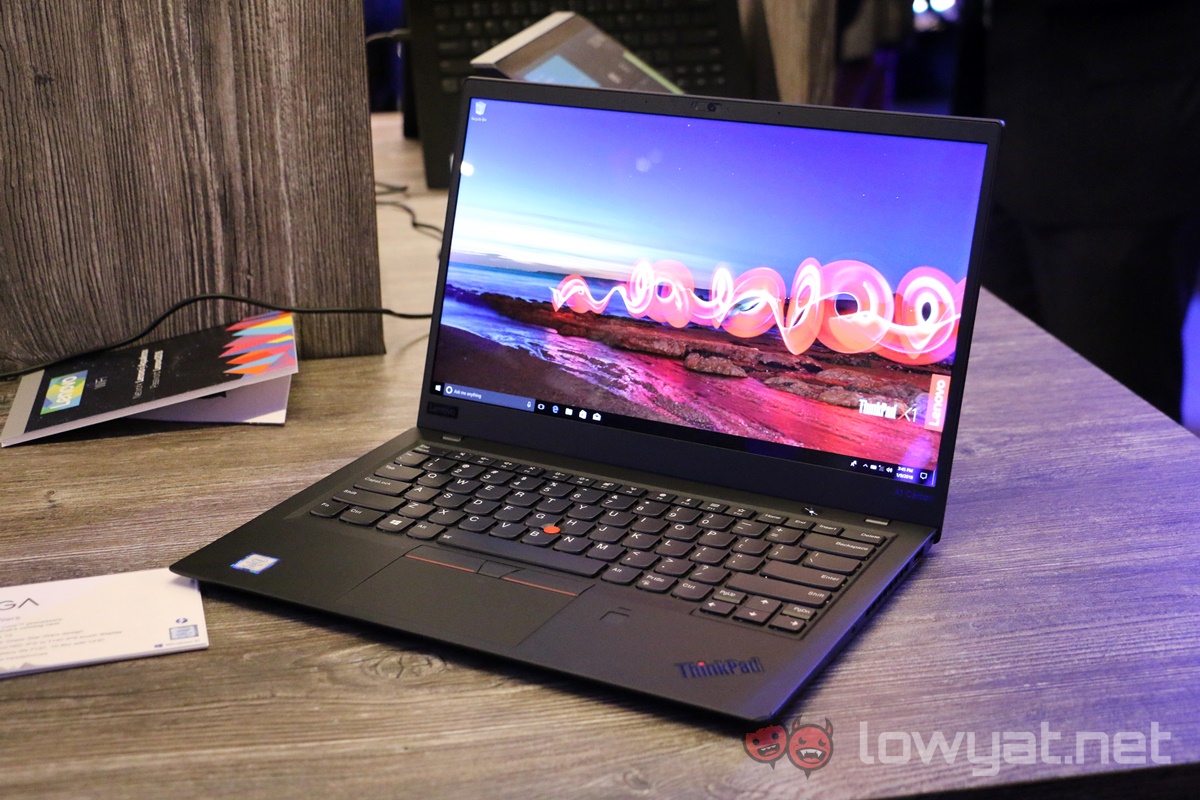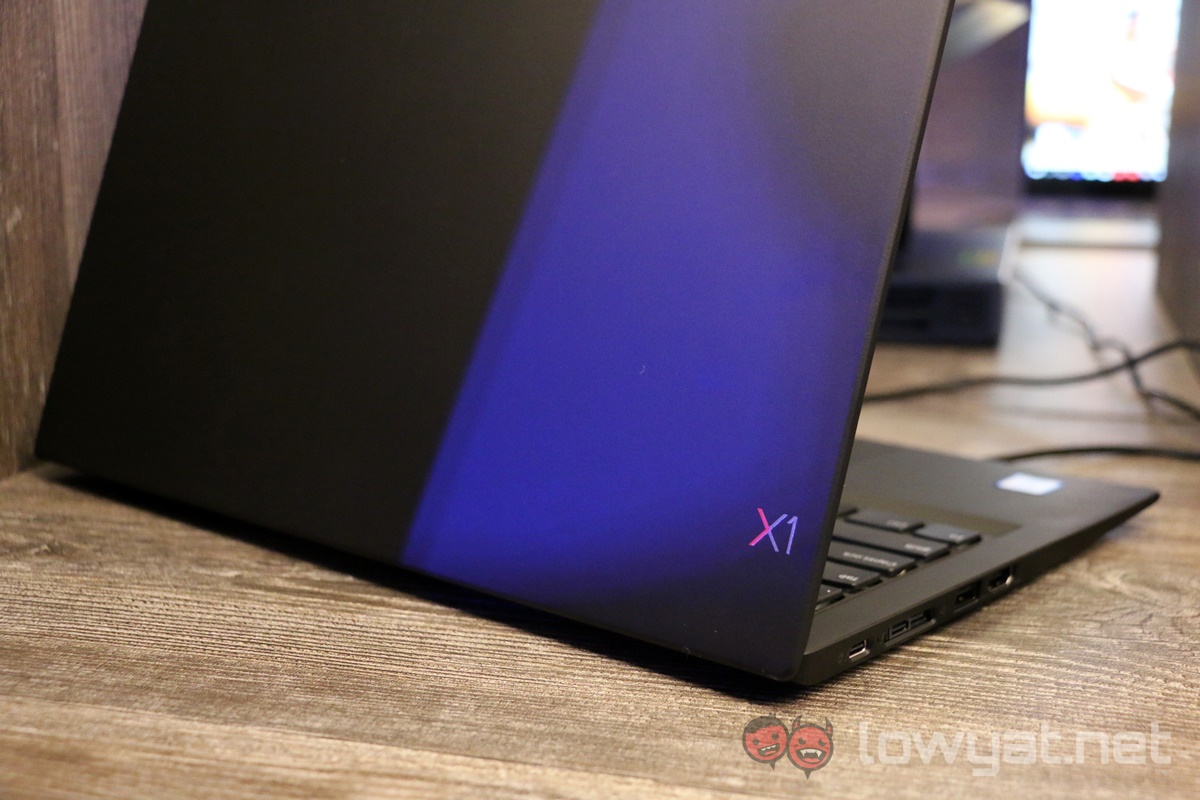Every year since 2012, Lenovo went out of its way to create what it deems to be the ultimate mobile warrior machine: the ThinkPad X1 Carbon. Each year (aside from the touch panel hiccup in 2014), it inches its way to perfection. This year, however, Lenovo has developed its most complete X1 Carbon yet – but no, it is just so agonisingly close yet again.
The Lenovo ThinkPad X1 Carbon has barely changed its design since its inception six years ago. It sports the same handsome matte black body, and retains the classic ThinkPad touches such as the ThinkPad logo with red LED at the bottom right side of the lid and of course, the iconic TrackPoint.
This year Lenovo is jazzing it up a bit, offering the X1 Carbon in a metallic silver option that it began introducing in 2015 in other ThinkPad series. There’s also a subtle “X1” logo that’s somewhat oddly placed on the lower left side of the lid. The bezels have also shrunk a little, too.
The ThinkPad X1 Carbon has been around for half a dozen years, and yet it still manages to surprise the moment you lift the laptop up – it has no right to feel this light. But it does, thanks to a carbon fibre composite that makes up the chassis. The entire laptop weighs just 1.13kg, making it the world’s lightest 14-inch laptop.
Here’s where it’s so easy to geek out on the X1 Carbon: nothing has been compromised, and yet Lenovo keeps adding more features on this machine. The X1 Carbon passes military standards for drops and spills, while the keyboard is – still – the best on a laptop of this size. The trackpad is very accurate too, while Lenovo is promising up to 15 hours of battery life. At this point, this is already a great Ultrabook for those who are always on the move.
But this year, Lenovo chose to upgrade the display in a really meaningful way that adds no value to its core ThinkPad customers: the 2018 ThinkPad X1 Carbon (and 2018 ThinkPad X1 Yoga) has a HDR panel with 100% Adobe RGB colour gamut, a maximum brightness of 500 nits, support for the new Dolby Vision HDR standard, and a resolution of 2560 x 1440. Lenovo also added Dolby Atmos support for most of its ThinkPads since 2017.
So now, it doesn’t just take someone to lift the X1 Carbon to be impressed by it – the laptop’s exceptional brightness and rich colour reproduction really make it stand out.
On a separate note, Lenovo claims that extensive user feedback was taken and considered when designing the I/Os of the ThinkPad X1 Carbon. Given its strong business roots, there was no way the laptop would go the MacBook Pro route and only offer USB Type C ports. For 2018, this is very refreshing: the 15.95mm ThinkPad X1 Carbon sports 2 USB 3.0 ports, 1 HDMI port (yes, it’s possible!), 2 USB Type C Thunderbolt 3 ports, a microSD card slot, 1 headphone jack, and a docking connector that can be connected to the ThinkPad Docking Station. There’s also space for an “anti-spoof” fingerprint reader below the keyboard.
The rest of the hardware specs are what you’d expect from a premium Ultrabook: Intel Core i7 processor with Intel UHD Graphics 620, up to 16GB RAM, up to 1TB PCIe SSD, and an IR camera for Windows Hello. The USB Type C charger also supports Rapid Charge, and finally, the X1 Carbon packs in near-field dual array microphones (like on smart speakers) for better voice recognition and input.
In addition, the 14-inch display’s bezels have also shrunk a little, but Lenovo is ensuring that the webcam remains at the top of the display where it should be. For added security, there’s even the ThinkShutter physical cover for the webcam, and a bright red dot painted on the cover to provide peace of mind for users. Lenovo reps tell me there was a lot of engineering put in place to integrate the ThinkShutter system, even if it looks like a simple slide shutter; the red dot even had about a dozen iterations in size and colour before Lenovo chose the one.
Essentially, that’s what epitomises the ThinkPad X1 Carbon. As laptops get ever thinner and lighter, its engineers are coming up with uniquely innovative new ways to make that a reality on a ThinkPad, without sacrificing structural integrity and durability that ThinkPads are known for.
So is this the perfect laptop for the mobile warrior? Not quite – and it isn’t entirely Lenovo’s fault.
With the announcement of the Intel Core processors featuring AMD Radeon Vega integrated video chips and initial benchmarks pegging its performance to be around the Nvidia GeForce GTX 1050 level, this series of chips will be a game changer not just for gaming laptops, but also for Ultrabooks. Intel is claiming that these chips could even be fitted into laptops less than 17mm in thickness – just a tad above the X1 Carbon’s current thickness.
With a HDR WQHD display and a similar performance to that of an entry level gaming laptop, the next gen X1 Carbon will be one incredibly versatile machine – and one that will be favoured by more than just its core enterprise and business customers. I can already imagine photographers and video editors looking at this machine as an on-site editing machine, thanks to the colour-accurate display and Vega chip. And of course, with that same Vega chip, X1 Carbon owners can actually play decent games.
It is of course disappointing that this ThinkPad X1 Carbon isn’t fitted with this new chip, but it is very likely that Lenovo was already in advanced levels of development and optimisation when the Intel with Radeon Graphics was ready for production. It does not, however, take away the fact that this year’s ThinkPad X1 Carbon is arguably still the best premium Ultrabook in the market. But with a starting price of $1700 (about RM6800) for the Core i5 model, near-perfection won’t come cheap.
Follow us on Instagram, Facebook, Twitter or Telegram for more updates and breaking news.


